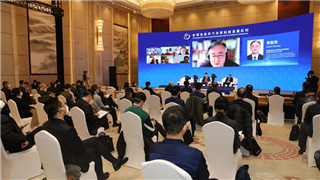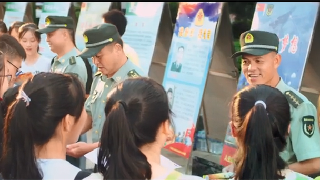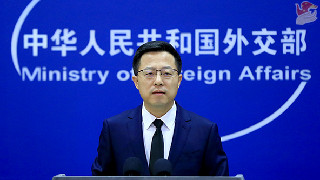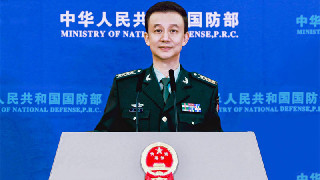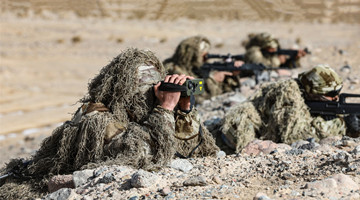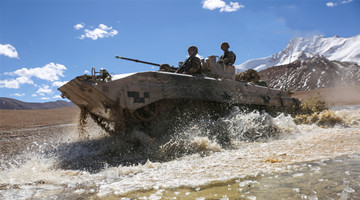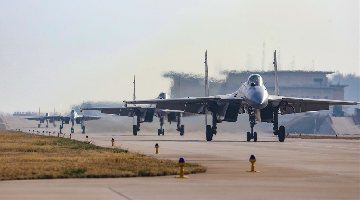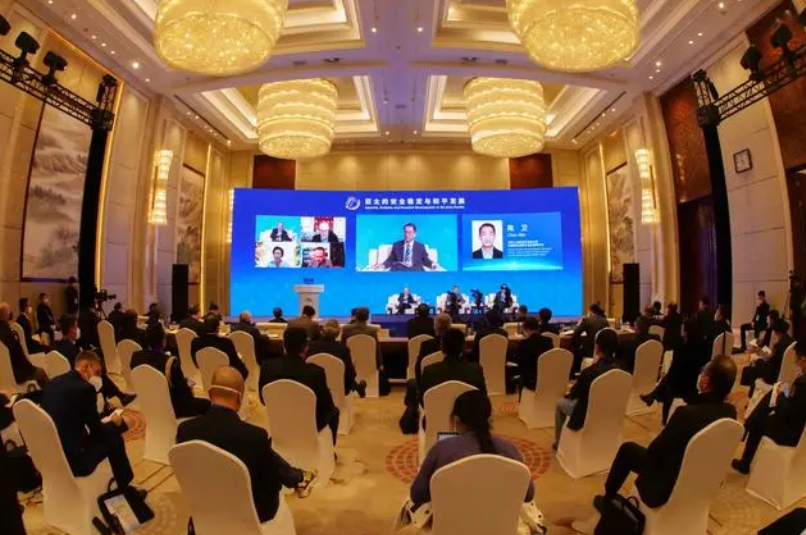
By Wang Lu
The Beijing Xiangshan Forum Webinar 2022 kicked off on December 1. At the first session themed “Security, Stability and Peaceful Development in the Asia Pacific”, stabilizing the China-US relations, especially the mil-to-mil relations, was a hot topic among the attending Chinese and foreign experts.
The China-US military relationship is a key variable that cannot be bypassed when it comes to peace and stability in the Asia Pacific region. The recent meeting between Chinese and American defense ministers is generally regarded as a sign of thawing mil-to-mil relations, but America’s passive actions regarding some regional hotspot issues are still worth vigilance.
How to better control the crisis between the Chinese and American militaries after the two state leaders met in Bali? Michael Swaine, director of the East Asia Program at the Quincy Institute for Responsible Statecraft, said the two militaries need to communicate on a deeper level to make state-to-state relations more resilient. The two countries should also discuss their differences and take steps to manage divergences, which requires more effort on both sides. He stressed that if China and the US, the world’s two most important economies, cannot get along in peace, that will exert tremendous impacts on the regional and global security situation, which makes crisis control all the more important.
Speaking of the latest high-level interactions between Chinese and American militaries, Lieutenant Colonel Steve Smith, Assistant Military Attaché at the American Embassy in China, said at the Xiangshan Forum that what he most wished to see is channels of communication being rebuilt between the two militaries. Underlining the importance of that, he explained that it would be too late to resume the channels of dialogue when a crisis is at hand; so it’s important that both sides understand each other’s capabilities and intentions and have effective communication before a potential crisis broke out.
In early August the Chinese side, in response to Pelosi’s visit to Taiwan island, canceled China-US Theater Commanders Talk, China-U.S. Defense Policy Coordination Talks (DPCT) and China-U.S. Military Maritime Consultative Agreement (MMCA) meetings. The recent meeting between the two defense ministers seemed to have brought a ray of hope for resuming those regimes, as generally expected by the outside world according to foreign media coverage.
However, America’s recent frequent moves in the South China Sea have increased uncertainties in the region. Just one week after the China-US defense ministers’ meeting, the USS Chancellorsville Guided Missile Cruiser trespassed into waters adjacent to islands and reefs of China’s Nansha Islands on November 29 without the approval of Chinese government and defended the intrusion as a “freedom of navigation” action. In response, the PLA Southern Theater Command released on the afternoon of November 29 the chart showing the cruiser’s trajectory of trespassing into waters near Chinese islands and reefs and how the Southern Theater Command officers monitored its movements and warned it away.
On the very day of the China-US defense ministers’ meeting, US Vice President Harris’ landing on Palawan Island during her Philippine visit captured wide attention. Philippine news network Rappler reported that Harris even mentioned the so-called “South China Sea arbitration” while giving a speech on the island, saying that as a close ally, the US would stand with the Philippines to stand up against intimidation and coercion regarding the South China Sea issue.
More importantly, America’s potential passive dynamics surrounding the Taiwan question, which concerns China’s core interests, merit high vigilance. Roxana Tiron, Reporter at Bloomberg News, tweeted on December 1 that according to what she learned from internal sources, the US Congress planned to provide Taiwan island with a so-called “defense fund” as part of the national defense authorization act for FY2023.
It’s clear that although there are signs of ease in the previously “freezing” mil-to-mil relations between China and the US, whether the channels of communication can be resumed between the two militaries will depend on what actions the US side will take, particularly on the Taiwan question. “The Chinese side is sincere about developing the state-to-state and mil-to-mil relations with the US, provided the US side matches its words with deeds,” said Senior Colonel Tan Kefei, spokesperson for Chinese Ministry of National Defense, after the two defense ministers’ meeting.
Editor's note: Originally published on thepaper.cn, this article is translated from Chinese into English and edited by the China Military Online. The information and opinions in this article do not necessarily reflect the views of eng.chinamil.com.cn.
